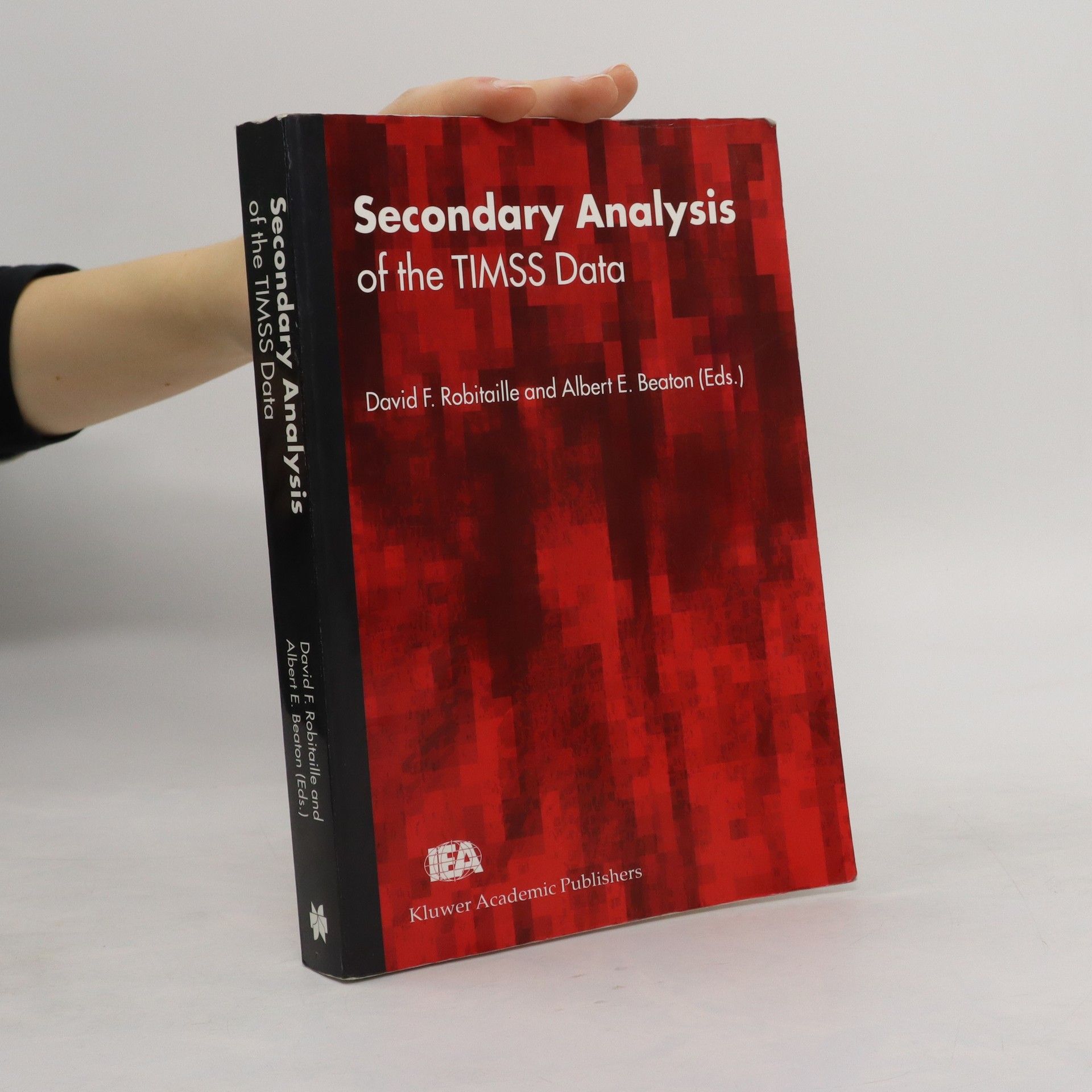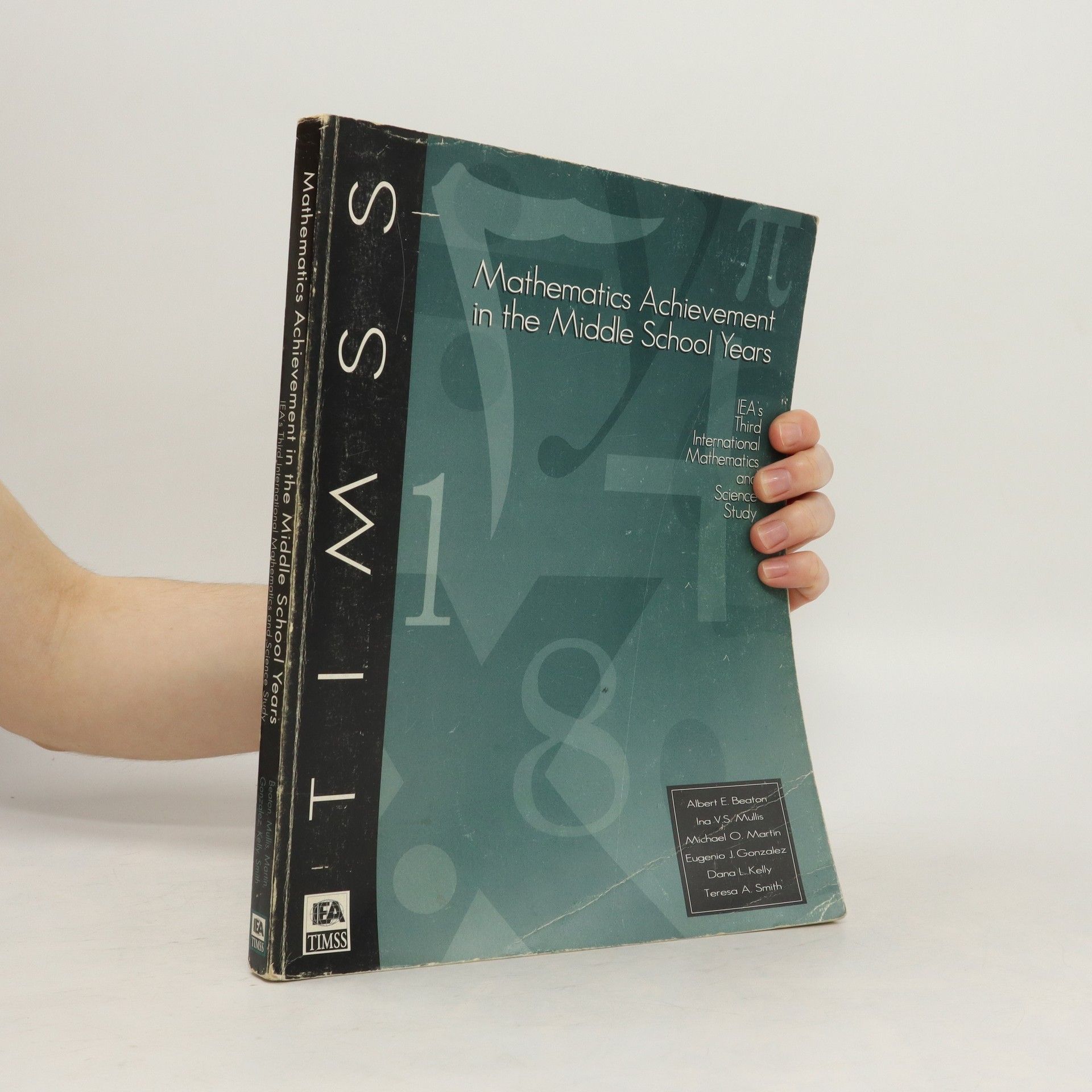The Third International Mathematics and Science Study (TIMSS) is the largest and most ambitious study undertaken by the International Association for the Evaluation of Educational Achievement. Forty-five countries collected data in more than 30 languages. Five grade levels were tested in the two subject areas, so that more than half a million students were tested around the world. This report addresses middle-school mathematics achievement (grades seven and eight) in six content areas: (1) fractions and number sense; (2) measurement; (3) proportionality; (4) data representation, analysis, and probability; (5) geometry; and (6) algebra. Results cover 41 countries with complete data collection. Singapore was the top-performing country at both grade levels, with Korea, Japan, and Hong Kong also performing very well. There were large differences in average achievement between top performers and bottom performing nations. Gender differences in mathematics achievement were small or nearly nonexistent in most countries, but when they did appear, they favored boys. In nearly every country there was a strong positive relationship between student enjoyment of mathematics and higher achievement. Home factors were strongly related to mathematics achievement in every participating country, but relationships between instructional variables and achievement were less clear. In every country, the pattern was for the eighth grade student whose parents had more education to also have higher achievement in mathematics. The amount of television viewing was negatively associated with mathematics achievement. The document's introduction provides information on each country's characteristics including demographics, public expenditures on education, organization of educational system. Chapters address: (1) International Student Achievement in Mathematics; (2) Average Achievement; (3) Performance on Items within Each Mathematics Content Area; (4) Students Backgrounds and Attitudes towards Mathematics; and (5) Teachers and Instruction. Appendixes include: Overview of TIMSS Procedures; Test-Curriculum Matching Analysis; Selected Mathematics Achievement Eighth-Grade Results for the Philippines, Denmark, Sweden, and German-Speaking Switzerland; and Percentiles and Standard Deviations of Mathematics Achievement. (SLD)
Albert E. Beaton Knihy



The Third International Mathematics and Science Study is the largest and most ambitious study ever undertaken by the International Association for the Evaluation of Educational Achievement. Forty-five countries collected data in more than 30 languages. Five grade levels were tested in the two subject areas. This report describes the science achievement of seventh and eighth graders, emphasizing the results from the eighth-grade assessment. Results are presented for the 41 countries that completed all the steps necessary to appear in this report. Singapore was the top performing country at both grade levels, with Colombia, Kuwait, and South Africa performing at the lowest levels. Perhaps the most striking finding was the large difference in average achievement between the top-performing and bottom-performing countries. Results provided a chain of overlapping countries, with most countries having an average achievement similar to that of a cluster of others, but with large differences between the top and bottom of the chain. In most countries and internationally, boys outperformed girls at both grade levels. The majority of eighth graders in nearly every country indicated that they liked science, but not all students had positive feelings about the subject. Home factors were strongly related to achievement in every participating country, but relationships between science achievement and instructional practices were less clear within and across countries. Six appendixes present information on study methodology and selected achievement results for some countries. (Contains 61 tables, 23 appendix tables, 19 figures, and 1 appendix figure.) (SLD)
Secondary Analysis of the TIMSS Data
- 440 stránok
- 16 hodin čítania
The goal of this volume is to use the data from IEA's Third International Mathematics and Science Study (TIMSS) to investigate significant questions related to mathematics and science education as well as a number of methodological issues. The authors of the papers included in this collection come from eleven of the TIMSS countries, and they are prominent in their respective fields. The book will be of interest to readers interested in comparative education, mathematics and science education, curriculum, and survey research methodology. A study such as TIMSS costs a great deal of money to carry out; and, if the true value of that investment is to be realized, much more research of the kind reported in this collection is needed. The papers included provide insights into the impact that TIMSS has had in the participating countries. They also serve as excellent examples of the kind of follow-up research that is needed.